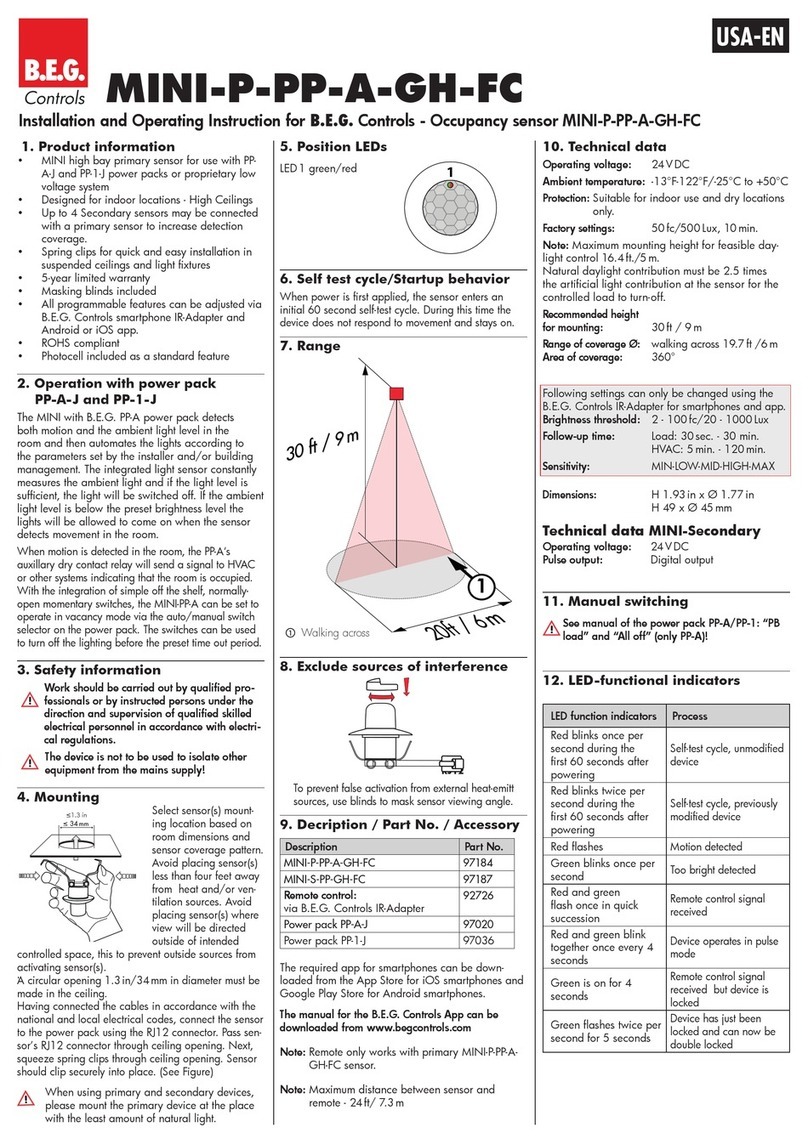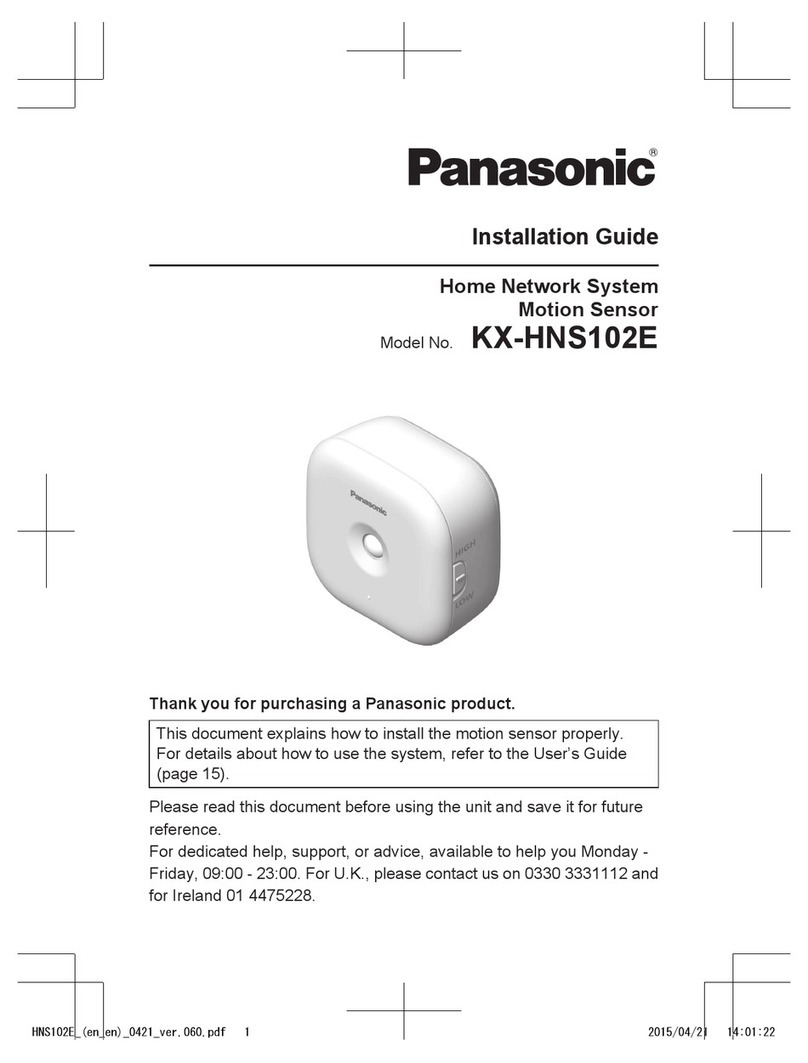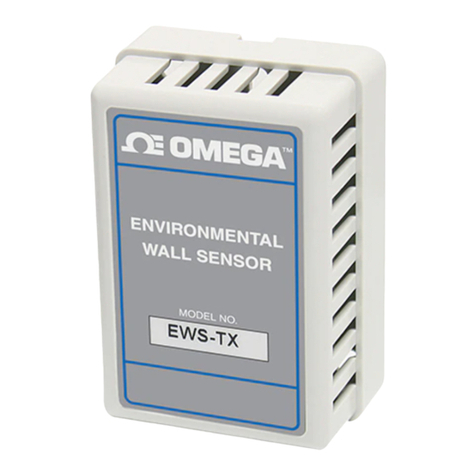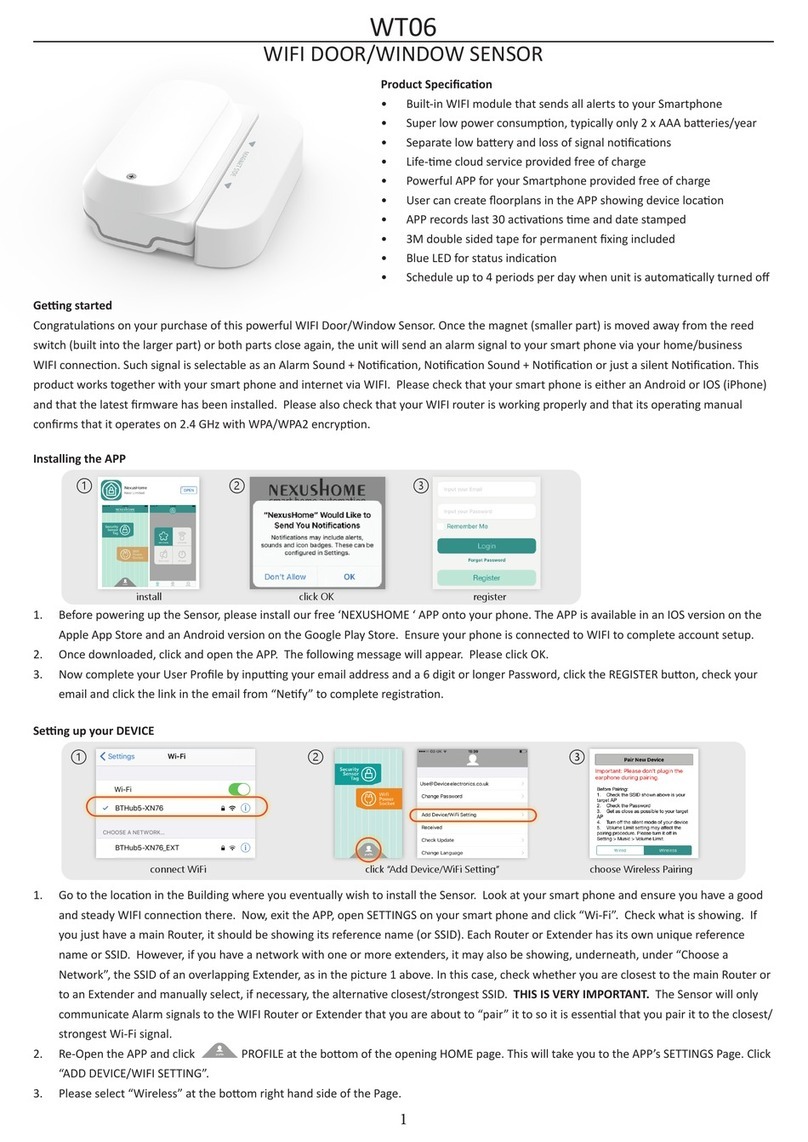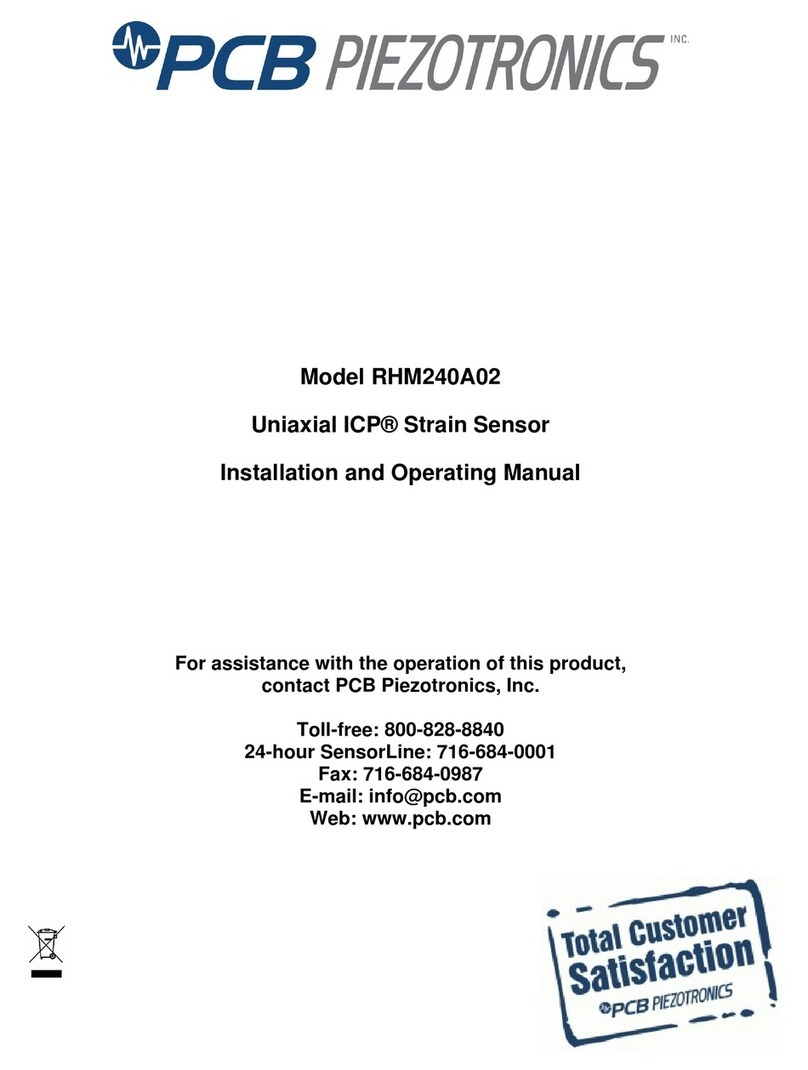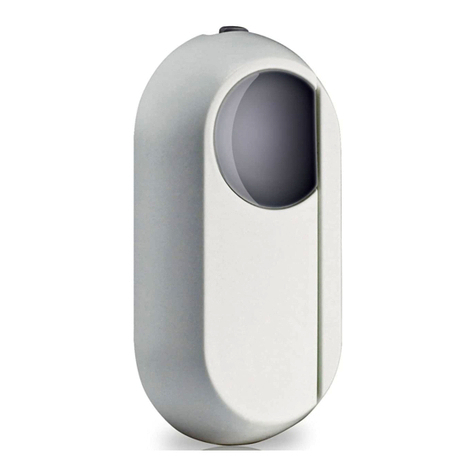
4
Contents
VEGAPULS 65 • 4 … 20 mA/HART - two-wire
36515-EN-121011
Contents
1 About this document
1.1 Function ............................................................................. 6
1.2 Target group ....................................................................... 6
1.3 Symbolism used ................................................................. 6
2 For your safety
2.1 Authorised personnel ......................................................... 7
2.2 Appropriate use .................................................................. 7
2.3 Warning about incorrect use ............................................... 7
2.4 General safety instructions ................................................. 7
2.5 CE conformity ..................................................................... 8
2.6 NAMUR recommendations ................................................ 8
2.7 Radio license for Europe .................................................... 8
2.8 Radio license for USA/Canada ........................................... 8
2.9 Environmental instructions ................................................. 9
3 Product description
3.1 Conguration .................................................................... 10
3.2 Principle of operation ........................................................ 11
3.3 Packaging, transport and storage ..................................... 11
3.4 Accessories and replacement parts ................................. 12
4 Mounting
4.1 General instructions ......................................................... 14
4.2 Instructions for installation ................................................ 14
5 Connecting to power supply
5.1 Preparing the connection ................................................. 19
5.2 Connecting ....................................................................... 20
5.3 Wiring plan, single chamber housing ................................ 21
5.4 Wiring plan, double chamber housing .............................. 22
5.5 Wiring plan, double chamber housing Ex d ...................... 23
5.6 Wiring plan - version IP 66/IP 68, 1 bar ............................. 24
5.7 Switch-on phase ............................................................... 24
6 Set up with the indicating and adjustment module
6.1 Insert indicating and adjustment module .......................... 26
6.2 Adjustment system ........................................................... 27
6.3 Parameter adjustment ...................................................... 28
6.4 Saving the parameter adjustment data ............................. 41
7 Setup with PACTware
7.1 Connect the PC ................................................................ 42
7.2 Parameter adjustment with PACTware .............................. 43
7.3 Saving the parameter adjustment data ............................. 44
8 Set up with other systems
8.1 DD adjustment programs ................................................. 45
8.2 Communicator 375, 475 ................................................... 45
9 Diagnosis, Asset Management and service
9.1 Maintenance .................................................................... 46
9.2 Measured value and event memory ................................. 46
